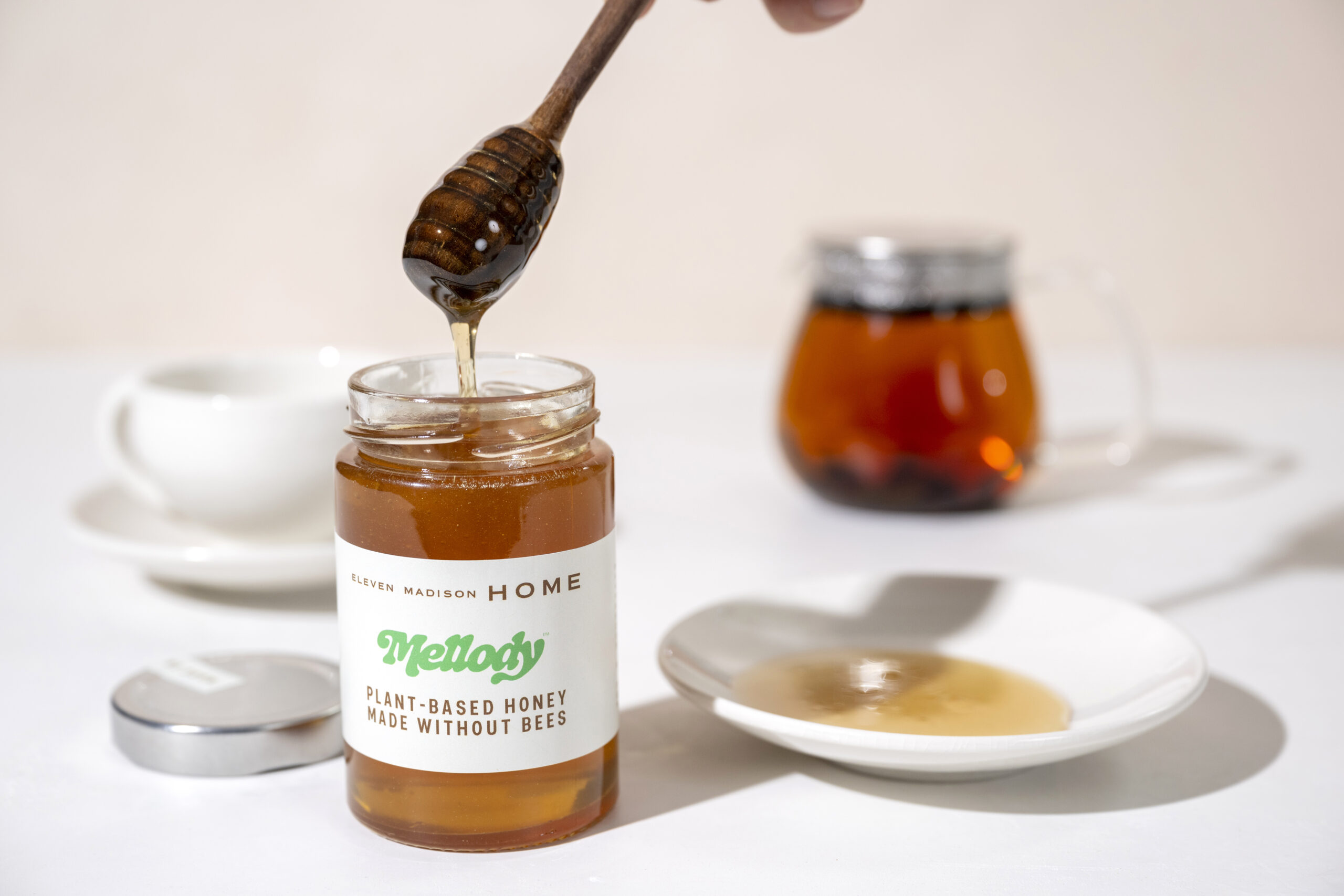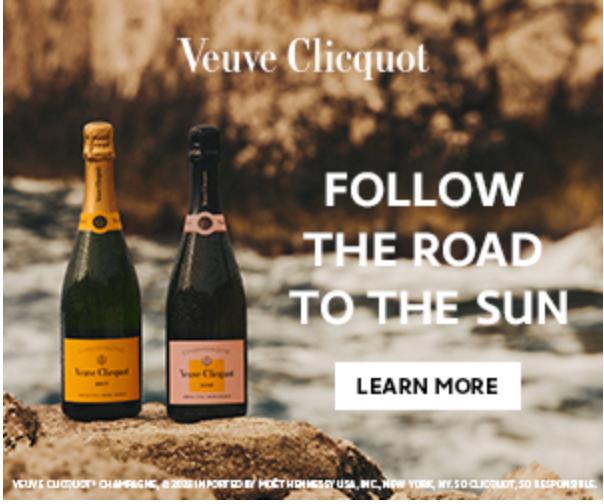NYC Foodies curious about Plant-Based Honey Taste? Mellody’s Darko Mandich reveals the Surprise
New York City. The Big Apple. One of the top foodie destinations in the world. Known for its adventurous foodies and curious eaters. Plenty of people are already in line to try plant-based honey, but what does it actually taste like?
People might worry there’s a “laboratory” flavor? Has it lost its texture? Vibrancy? Is there a “diet” feel to it?
Exclusive Interview with Mellody Food’s Darko Mandich.
Darko Mandich is a food entrepreneur in San Francisco. After spending almost a decade in the European honey industry as a business executive, Darko committed to reimagining the honey industry to become sustainable. Darko immigrated from Europe to California to launch Mellody, the world’s first plant-based honey brand. Darko is an advocate of saving the bees and wild pollinators.
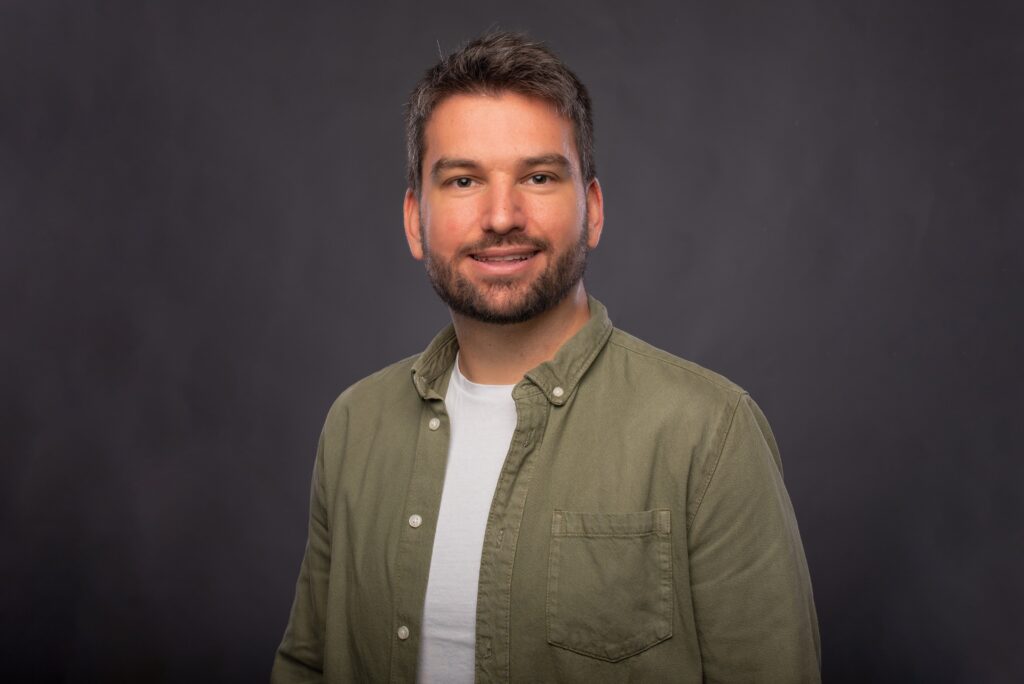
Recently, I had a chance to talk with Darko for nearly an hour.
Let’s talk about the honey. What’s the taste profile?
There are three aspects of products that people care about. Number one by far is taste. Number two is price, and number three is nutrition.
In terms of the taste, what we’re really after is the best tasting honeys that are made by bees.
The taste has to match rare honeys that you would find in parts of Europe; France, Italy. Very high quality Acacia honey, specifically.
If we talk about New Zealand, Australia, that’s Manuka honey; and we’re matching that.
So no compromise there.
Moving to the price, I grew up in poverty and I really want to make sure that everybody has access to this product at some point. But it’ll take us some time. So right now it’s premium quality, but it’s also premium price.
In terms of nutrition, we wanna do better than honey coming from bees. How? First and foremost, honey made by the bees contains a certain bacteria that’s called Clostridium. With our product, without the bees [there’s no Clostridium] bacteria.
I’m really proud to say that our product is allergen free; and that for people with allergies to honey and pollen, this is gonna be neutral.
Finally in terms of super ingredients or superfoods, our honey has more than what’s usually found in some of the honey types made by the bees.
The sugar profile is the same, the calorie content is the same, but the twist is there’s a little bit more of certain powerful active compounds that come from the plants.
That’s absolutely incredible. It’s enhanced honey. Is there a better word?
I like to call it a plant-based honey. And that category of plant-based honey is already elevated to the level of being enhanced compared to bee-made honey.
I’m really happy that Melody is starting this category. We are the world’s first plant-based honey.
There’s exactly one same sentence that we get to hear across 5,000 people that were involved in tasting this before it hit the market.
That sentence is: It’s honey.
People taste it, they’re amazed with it, and they say, “Oh my God, it’s honey.”
There are certain plant-based products that have their heart in best place in terms of mission and impact, but are just not delivering on [flavor] expectations. We just want to make sure that people across different categories of nutrition say that this is honey and that they love it.
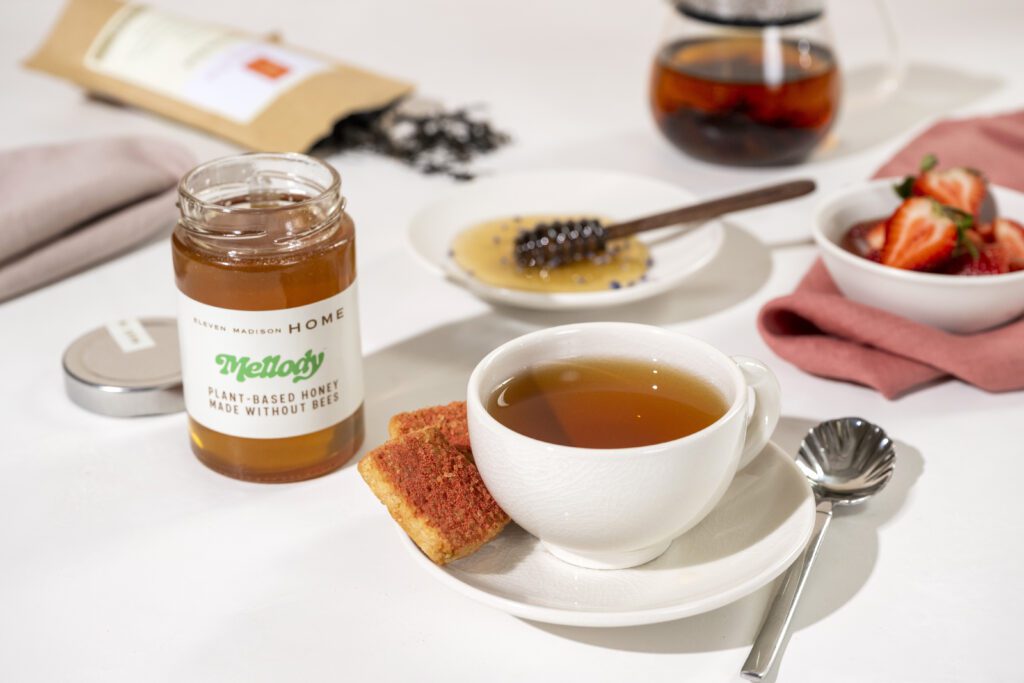
Is the honey currently available at Eleven Madison Home?
Yeah, the honey is currently available. The Specialty Tea and Honey Box launched for the Mother’s Day collection and Earth Month.
It’s a specially curated box of artisanal teas coming from different parts of the world with honey and also amazing, shortbread cookies. All plant-based, also made with our honey. That’s available right now
Sometime very soon a standalone jar [of honey] will also be available to Eleven Madison Home.
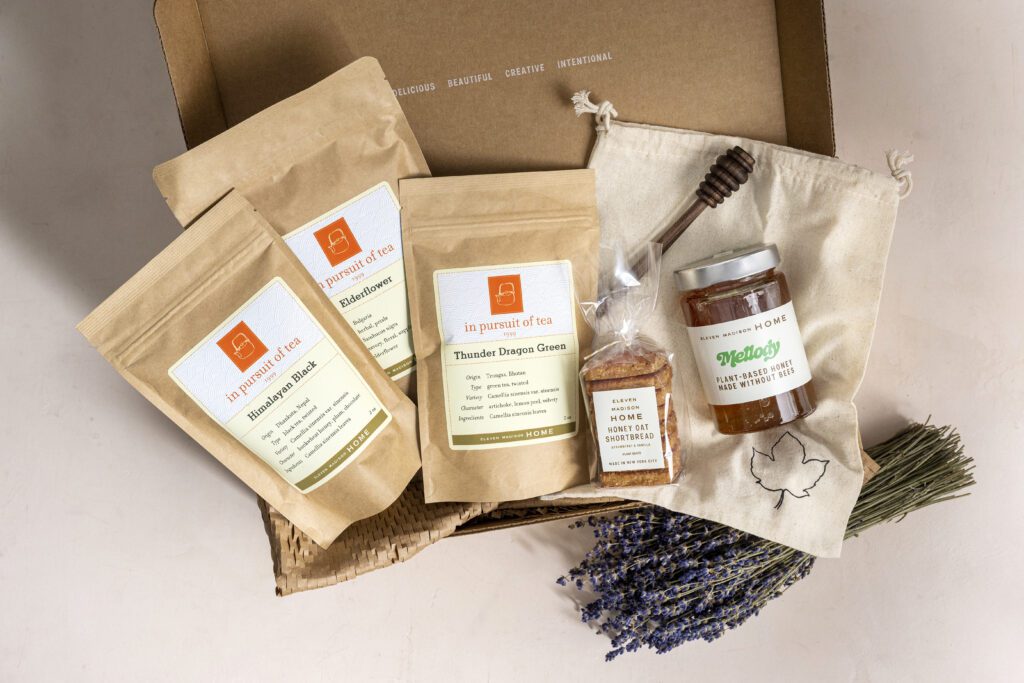
Tell us again what’s available, how to find it; and how to follow you and support you.
Yeah, follow us on Instagram and TikTok at MellodyFoods
In terms of purchasing, head to ElevenMadisonHome.com and you can purchase it there.
Saving the bees is learning more about them. Learning more about pollinators and you can do that on our social media.
And finally, if you’re equally passionate about bees and plants as we are, ask your favorite restaurant to reach out to us to offer Mellody in your favorite restaurant. It can be a vegan restaurant on non-vegan.
We are gonna work with all the restaurants that reach out to us where people ask to see our product offered, either on the menu, either within a meal, or just if you order a cup of tea and you want a side of Mellody.


